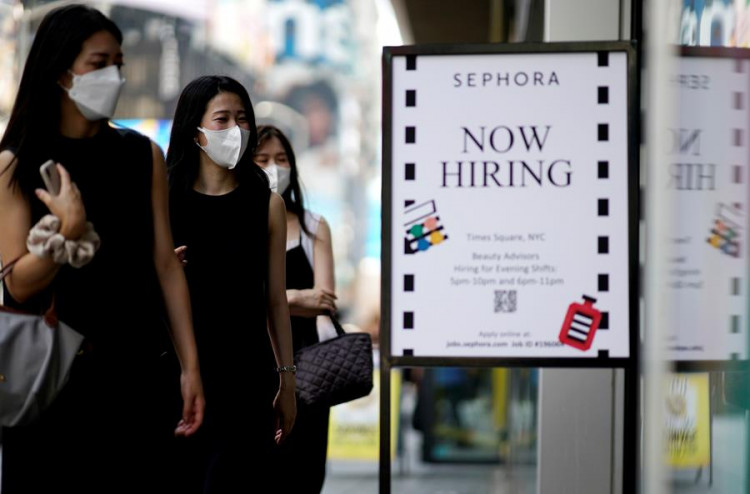In a sign that the U.S. labor market may be cooling, private payroll growth in June fell short of expectations, adding to concerns about the broader economic outlook. According to the ADP National Employment Report released on Wednesday, private sector employment increased by just 150,000 jobs in June, down from an upwardly revised 157,000 in May. This figure also missed the Dow Jones consensus estimate of 160,000 and marked the smallest monthly gain since January.
The report highlights a potential slowdown in the labor market, despite strong gains in the leisure and hospitality sector, which added 63,000 jobs-the most significant increase among the categories measured by ADP. Other sectors with job gains included construction (27,000), professional and business services (25,000), other services (16,000), and trade, transportation, and utilities (15,000). However, these gains were offset by declines in natural resources and mining (down 8,000), manufacturing (down 5,000), and information (down 3,000).
"Job growth has been solid, but not broad-based," said Nela Richardson, ADP's chief economist. "Had it not been for a rebound in hiring in leisure and hospitality, June would have been a downbeat month."
The pace of wage increases also showed signs of slowing. For those who stayed in their jobs, wage growth was 4.9% year-over-year, the smallest increase since August 2021. Job switchers saw a 7.7% increase, a figure that has been trending downward.
The bulk of job creation in June came from mid-sized companies with 50-499 employees, which added 88,000 jobs. Small businesses contributed just 5,000 jobs, indicating a challenging environment for smaller firms. Geographically, the South accounted for 80,000 of the total job gains, more than half of the overall increase.
The ADP report is often viewed as a precursor to the more comprehensive nonfarm payrolls report from the Labor Department's Bureau of Labor Statistics (BLS), which is due to be released on Friday. Economists surveyed by Reuters expect the BLS report to show a gain of 200,000 jobs in June, down from 272,000 in May. The ADP and BLS figures frequently differ, sometimes significantly. For example, in May, the BLS reported an increase of 229,000 private sector jobs, 72,000 more than the ADP estimate.
The labor market data comes amid broader economic concerns, including the potential for a slowdown in economic growth. The mixed signals from various sectors underscore the complexity of the current economic environment.
The ADP report, developed in collaboration with the Stanford Digital Economy Lab, suggests that while certain sectors like leisure and hospitality are rebounding, other areas are experiencing declines. This uneven job growth could pose challenges for policymakers and businesses as they navigate the post-pandemic economic landscape.
The upcoming BLS report will be closely watched for further indications of labor market trends. Economists polled by Reuters expect total payrolls to have increased by 190,000 jobs in June, compared to 272,000 in May, with the unemployment rate remaining steady at 4.0%.
The labor market's performance is a critical factor for the Federal Reserve as it considers its monetary policy stance. Slower job growth and easing wage pressures could influence the Fed's decisions on interest rates and other economic measures.






